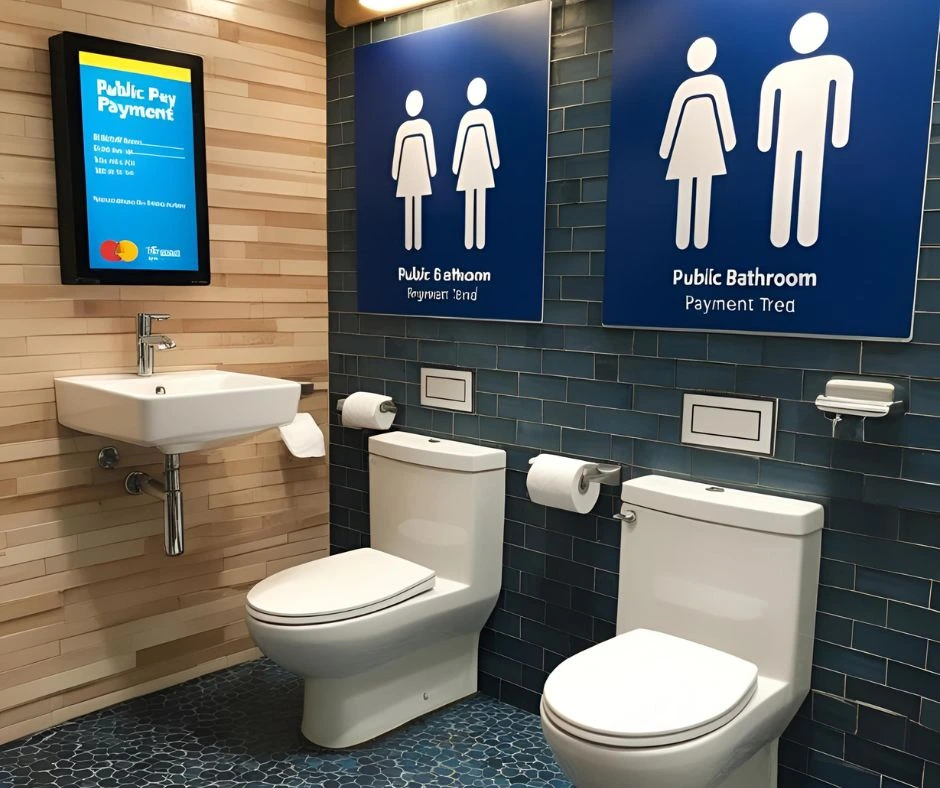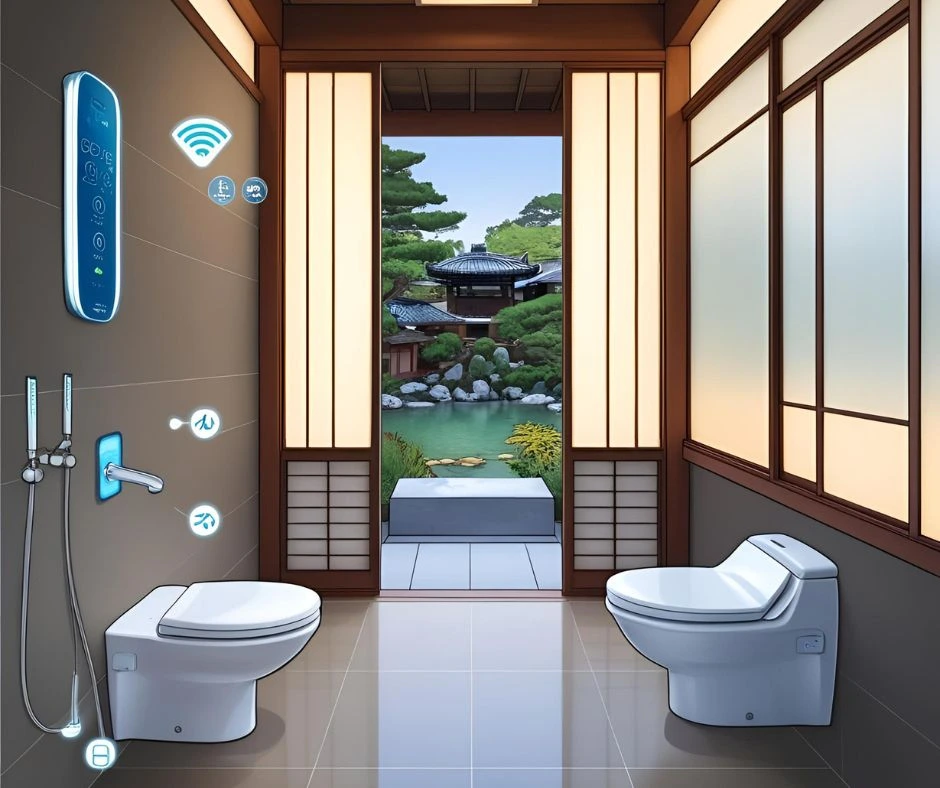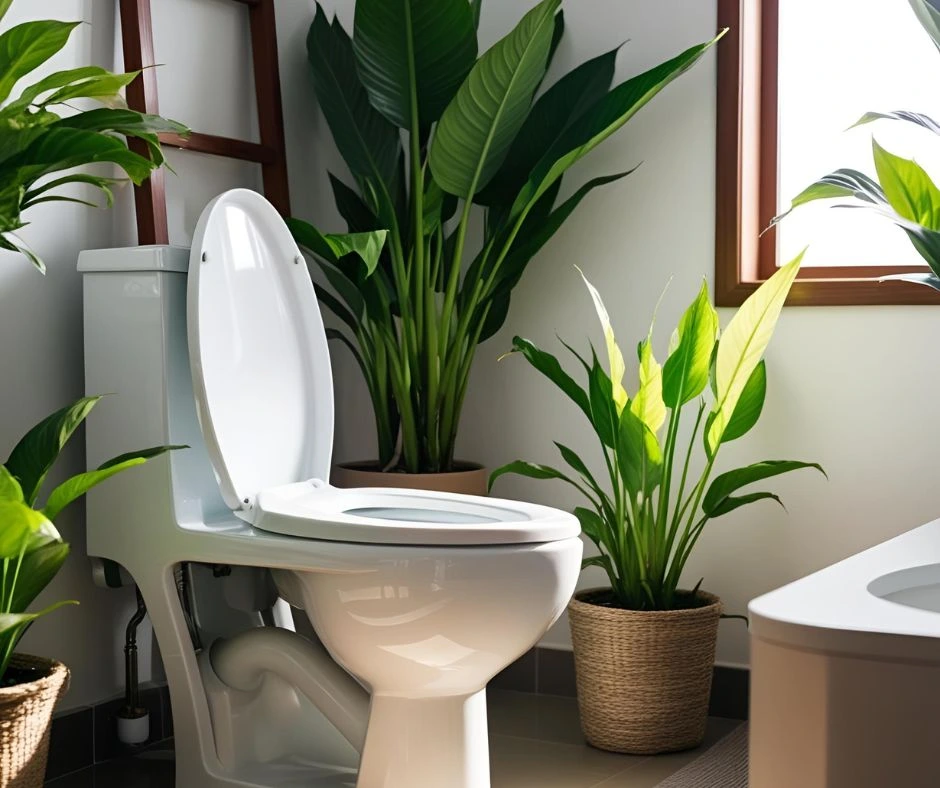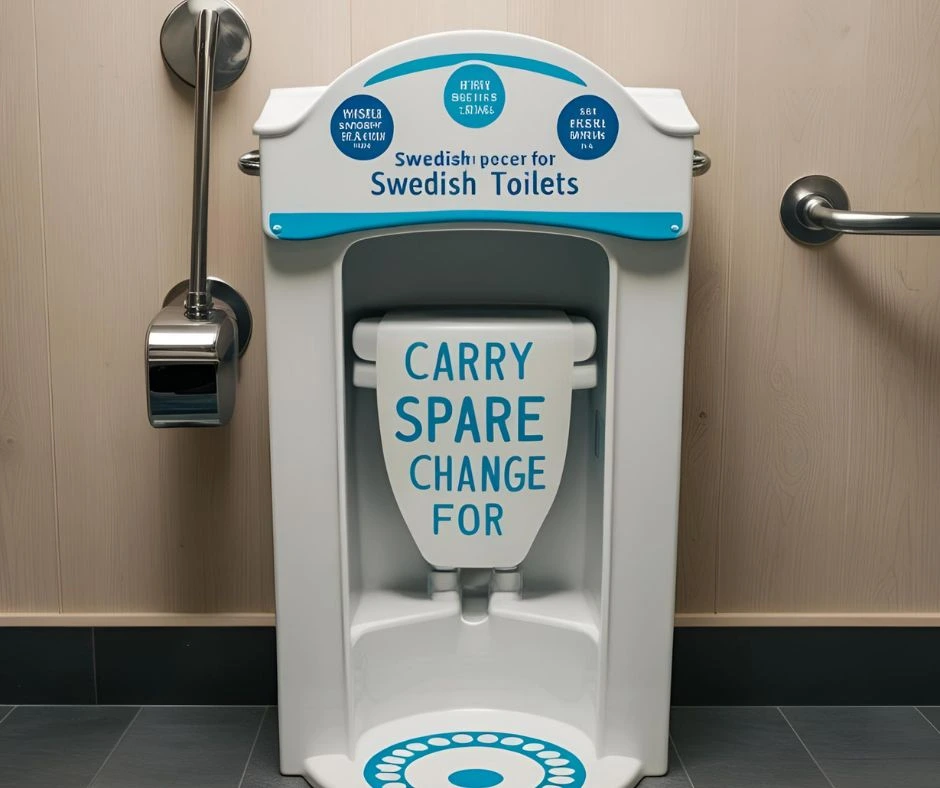In this article, we will talk about bathroom etiquette around the world, how it is followed, and how we can practice it ourselves. If we look closely, many countries have their own unique bathroom customs and traditions. Each country has its own set of rules and methods for using the bathroom.Understanding proper bathroom manners is essential, especially when you’re in a different country. It’s quite common to find it difficult to understand or follow another country’s cultural norms, especially when traveling.But have you ever wondered whether you should flush used toilet paper or throw it in the bin? That simple question is a big part of local bathroom etiquette. Have you ever used a public bathroom where you had to pay to use it? Maybe you have.That’s why I’ll be sharing a guide about the bathroom manners in some popular tourist destinations how their bathrooms work and how to use them properly, without offending anyone or feeling awkward.
Because often, travelers like you or me may find it hard to understand these local customs whether it’s about shaking hands or using a bathtub but the biggest confusion often comes with toilet etiquette and how to follow it correctly. You should know and remember which countries allow flushing toilet paper and where it must be thrown in the bin instead. Having an etiquette toilet printable guide can really help in such situations, especially when visiting unfamiliar places. Knowing how to use a toilet the right way in different cultures saves you from embarrassment and shows respect. You should also know where to sit and where not to, and most importantly, make sure to understand and follow all the rules before entering a bathroom.While locals in some places may forgive tourists for not knowing the rules, this isn’t something we should rely on. That’s why it’s better to learn first and then use so you can avoid any embarrassment during your trip.
Summary
This article explores the varying bathroom and washroom etiquettes across different countries, emphasizing the importance of understanding and following local customs while traveling. It highlights how countries like Japan prioritize cleanliness and privacy with high-tech toilets, while some places in Asia use squat toilets, which have proven health benefits. The article also addresses the issue of toilet paper disposal, especially in countries where flushing it can cause blockages due to narrow pipes. Practicing good washroom manners becomes essential in such regions. It discusses the need to carry spare change in countries like Sweden, where using public restrooms often requires a small payment. The piece serves as a practical guide for travelers to avoid discomfort and embarrassment by learning key restroom practices beforehand. The overall message encourages awareness, cultural respect, and responsible usage of public facilities.

Table of Contents
Public Bathroom Payment Trends
If you know, in the past, it used to be common for people to pay coins after using public bathrooms in popular European destinations like London and Paris. However, in today’s time, many of those coin-operated restrooms have been made free for certain ethical reasons, so that everyone can use them without having to pay anything. As a result, there has been a shift in trends for example, Amsterdam is still a place where you have to “pay to pee.” But if we look more broadly, payment is becoming increasingly optional in many places. In more private settings, especially during a jacuzzi bath remodel, it’s crucial to also consider accessibility and cleanliness. The most important point is that if there is a cleaner present in the bathroom, they should be guided properly on how to clean the toilets in a decent and proper way. In some luxury restrooms, features like a walk in tub may also require specific maintenance guidelines. Sometimes, people put large currency notes into the tip jar to trick others into thinking that a big tip is expected, which can mislead tourists.

Japan’s Advanced Bathroom Etiquette and Technology
- In Japan, bathroom cleanliness and privacy in shared spaces are highly prioritized.
- Users are expected to leave the bathroom as clean as they found it, cleaning up after themselves.
- Japan’s high-tech toilets often feature front and back water jet showers, reducing the need for toilet paper.
- Some modern toilet models have automated lids, promoting hygiene by eliminating the need to touch the lid.
- The automated lid system helps prevent the spread of germs and maintains cleanliness.
- In Japan, there is no need to worry about being overheard while using the bathroom, as privacy is well-maintained.

Embarrassing Public Bathroom Blockages: How to Avoid Them
1.Causing a Blockage
One of the most embarrassing things in a public bathroom is causing a blockage.
2.Avoid Flushing Toilet Paper in Certain Countries
The best and easiest way to avoid this is to be aware of the countries where flushing toilet paper is not allowed.
3.Narrow Pipes and Blockages
There are places where the pipes are narrow, and toilet paper or waste may not move easily, leading to blockages.
4.Use a Waste Bin for Toilet Paper
In such places, you should throw the used toilet paper in the waste bin (garbage can) instead of flushing it.
5.Countries with Specific Guidelines
Some areas or countries, like China, Turkey, Greece, and parts of South America, have specific guidelines about not flushing toilet paper. It’s important to be cautious in these location.

Health Benefits of Squat Toilets in Asia
And if I talk about it, there are some countries, especially in Asia, like Singapore, India, or Thailand, where squat toilets are commonly found. These are toilets where there is a hole in the ground, and on both sides, there are steps to place your feet. For people who are not used to this, it can feel like a shock at first, but gradually they get used to it. In contrast, modern bathroom suites in Western countries often include advanced seated toilets and added comforts. However, many people and even the NHS say that squatting instead of sitting is actually better for your health. This natural squatting position, unlike the one used in a Westshore bath setup, supports easier and healthier bowel movements.
The biggest reason is that when you squat, your abdominal area and related muscles get relief and feel relaxed. It also helps bodily waste move more easily. Because of this, you’re less likely to face issues like constipation.That’s why it’s often seen that many people who squat regularly don’t have to worry about such problems.if yor more read post then click this link Feng Shui Secrets for Bathroom Energy Flow

Carry Spare Change for Swedish Toilets
If you’re in a country like Sweden, there’s no need to be surprised to learn that you may have to pay to use a public toilet. Gaining access to these facilities often involves overcoming certain barriers just like you need to pay a fee when getting admission somewhere, you might need to pay here too. So I’m informing you in advance: if you’re planning to travel to Sweden for fun or tourism, make sure to carry some extra money with you so that you don’t face any problems. This isn’t a large amount it’s usually a small fee and it is collected to pay the people responsible for maintaining the toilets, keeping them clean, and ensuring everything is in order. Just as homeowners consider bath fitter cost when upgrading their bathrooms for cleanliness and style, public spaces also invest in hygiene. Even small features like bathroom faucets need to be maintained regularly to ensure proper hygiene for users.

Conclusion
Understanding bathroom etiquette around the world is more than just about using a toilet it’s about respecting different cultures, maintaining hygiene, and avoiding unnecessary embarrassment during travel. From Japan’s advanced tech toilets to the squat-style ones in Asia, every country has unique systems that deserve awareness and adaptation. Simple habits, like not flushing toilet paper in certain countries or carrying spare change for public restrooms in places like Sweden, can make a big difference. Cleanliness, privacy, and proper usage should always be top priorities. As travelers, it’s our responsibility to adjust to local norms and use shared spaces respectfully. Just as people at home may consider options like jacuzzi bath remodel cost or bathtub refinishing to improve their personal hygiene spaces, understanding public restroom behavior abroad is equally important. Educating ourselves beforehand helps avoid awkward situations and shows respect for the people and places we visit. Whether it’s learning how to squat, knowing when to pay, or understanding what not to flush, these small actions reflect cultural sensitivity. Even elements like a shower enclosure can differ widely in function and etiquette across countries. Ultimately, bathroom etiquette is a universal sign of good manners and responsible travel.

